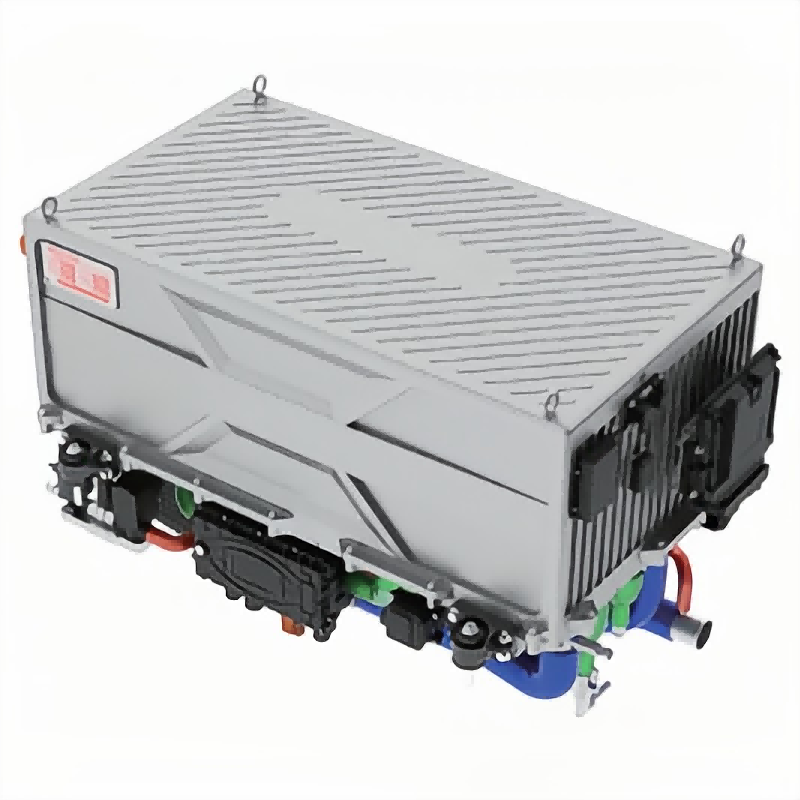Hydrogen Fuel Cell New Energy Vehicle Principle
2023-10-16
What is a Hydrogen Fuel Cell
A fuel cell is an energy conversion device that converts the electrochemical energy of fuel into electrical energy. It is also an electrochemical power generation device like a battery, so it is called a fuel cell. The corresponding fuel cell using hydrogen as fuel is a hydrogen fuel cell. It can be understood as the reverse reaction of water electrolysis into hydrogen and oxygen. Therefore, the reaction process is both clean and efficient. Because it is not limited by the thermal efficiency of traditional engines using the Carnot cycle of about 42%, the efficiency of hydrogen fuel cells can easily reach more than 60%.
A hydrogen fuel cell does not generate kinetic energy through the violent reaction of hydrogen and oxygen combustion like a rocket, but releases the Gibbs free energy in hydrogen through a catalytic device. For example, graphite and diamonds are both forms of carbon. But forming diamonds requires high temperatures and pressures. Such morphological transformations thus represent different Gibbs free energies.
How Hydrogen Fuel Cells Work
The working principle of hydrogen fuel cells is that hydrogen gas is decomposed into electrons and hydrogen ions (protons) through the catalyst (platinum) in the positive electrode of the fuel cell. Among them, protons pass through the proton exchange membrane (Proton Exchange Membrane) to the negative electrode and react with oxygen to become water and heat. The corresponding electrons flow from the positive electrode to the negative electrode through an external circuit to generate electric energy.
What is the key technology of hydrogen fuel cell
For the commercial use of hydrogen fuel cells, one of the biggest challenges is cost control. The current cost of fuel cell vehicles is about 5 times that of ordinary cars. Its core component is called the proton exchange membrane. It can separate the electrons in hydrogen into protons, and then exchange them from the positive electrode to the negative electrode to react with oxygen to produce water and heat. Correspondingly, the core of the proton exchange membrane is the catalyst platinum. Platinum is a precious metal, which is usually platinum as the material for wedding rings. In order to promote large-scale commercial use, on the one hand, the amount of catalyst must be reduced, and on the other hand, low-cost alternative materials must be sought.
System Composition of Hydrogen Fuel Cell Vehicle
When it comes to hydrogen fuel cell vehicles, the current mainstream is the proton exchange membrane fuel cell (PEMFC) technology. Its system is usually composed of fuel cell stack, hydrogen storage tank, power battery, fuel cell DC boost converter, power control unit and power motor. The power density of the current leading fuel cell stack can reach 3.1kW/L, and the maximum output power can reach 114kW. Since the output voltage of each fuel cell is only 0.6~0.7V, it needs to be used with a DC boost converter and a power battery. So that the voltage can be adapted to 650V high voltage to drive the power motor. At the same time, similar to power batteries that require a battery management system BMS, fuel cells also require a sophisticated monitoring and management system FCMS to quickly adjust response-related parameters through the discharge state. In order to store hydrogen, a 70MPa high-pressure liquid hydrogen storage tank is generally used.



